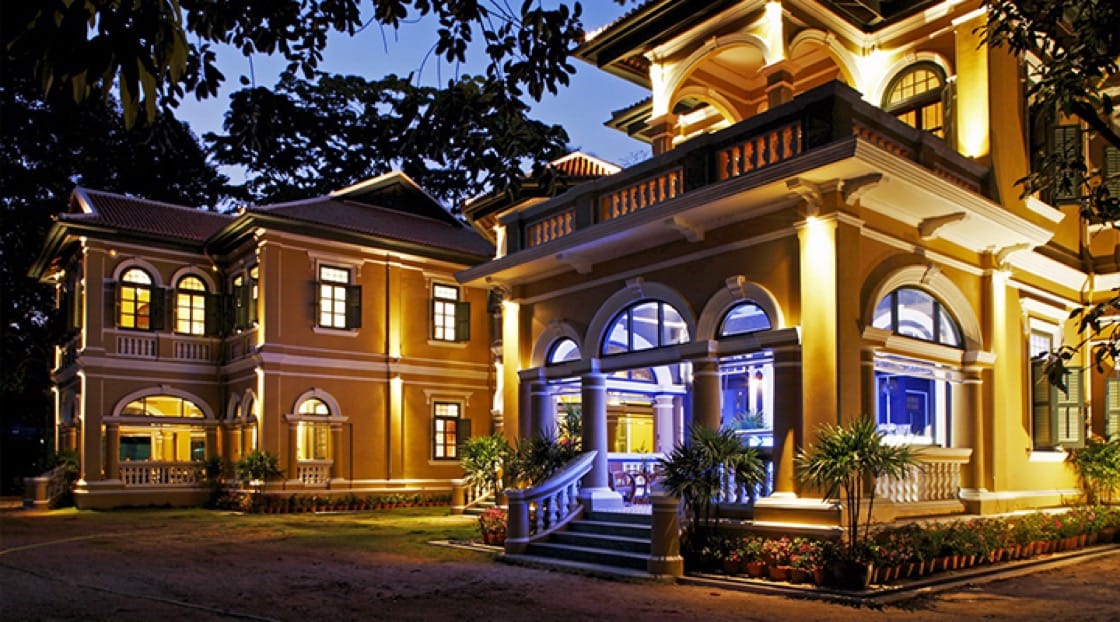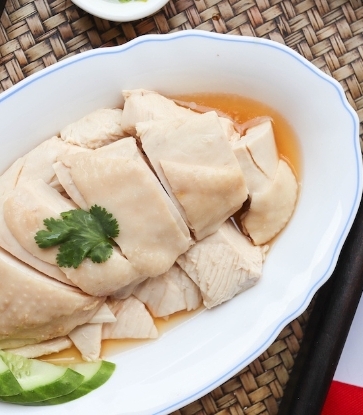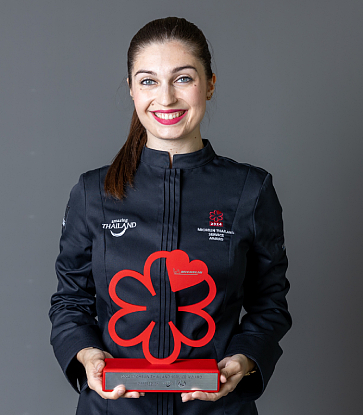Before the boom of modern Thai cuisine, one name was at the forefront of promoting Thai cookery throughout Europe. We are, of course, talking about The Blue Elephant and the woman behind the brand, Chef Nooror Somany Steppe.
Before becoming the energetic matron of her own culinary empire, Nooror grew up along the bustling floating markets of Chachoengsao. Her father was a butcher, her mother an established cook and her sister the owner of a local restaurant. Despite this foundation, she would not find her initial calling in Thailand. Though she would return years later to become an ambassador of her home country’s cuisine to the world, the grand Blue Elephant story began halfway around the world in Brussels.

“I followed my brother to Belgium in the 1980s to study cooking,” Chef Nooror recalls. While there she was introduced to her future husband, Karl Steppe. When the two fell in love, the idea to create a restaurant came naturally. Thai food in Europe at the time was often sold as an afterthought mixed in with other Asian cuisines. The innovative pair decided to create a purely authentic Thai restaurant, investing in elevating local delights with European fine dining standards — something nearly unheard of at the time.
“After Brussels we opened in London, Paris and Copenhagen,” she explains. “Today there are a dozen Blue Elephants all over the world.”

At the same time, The Blue Elephant Thai Premium Grocery Line was developed to provide pre-packaged ingredients and ready-to-eat products to over 37 countries. Chef Nooror’s schedule resembles that of a rockstar than a restaurateur, travelling across continents from Paris to Moscow and beyond to host workshops and events for the preservation and promotion of Thai cuisine.
It was with great love for her home country that she returned to Bangkok and renovated the Thai Chine Building in Sathorn. The building would not only be the first Blue Elephant in Thailand, but also a renowned cooking school.

Years later, the team decided on another monumental task. They would revive the Phra Pitak Chinpracha Mansion — a century old Sino-Portuguese building — into The Blue Elephant Phuket.
“This is the first Blue Elephant not located in a major city. It’s in a historic area, away from the beaches,” Chef Nooror stresses. “The building had been abandoned for almost 40 years.”

The Blue Elephant team, along with the Thai Fine Arts Department, took two years to meticulously restore the building to its former glory. Today, the mansion still retains much of the original floor plan and architectural elements, including heritage green and white floor tiles imported from Europe.

Along with serving their signature Royal Thai cuisine, the Blue Elephant Phuket manages to feature authentic southern Thai dishes such as Crab Curry with Betel Leaves. Another highlight is the Peranakan menu, created by merging the knowledge and special family recipes of Dr. Koson Tang-utai, President of the Thai Peranakan Association, and the Blue Elephant's culinary expertise. The dishes featured include Peranakan Dumplings made with fresh minced tiger prawns and Jicama, Sam Bai Kor Leang (prawns cooked with turmeric, coconut milk and organic lemongrass) and Tumee Curry with Seabass (old Phuket-style homemade curry with rich coconut cream and okra). The meal is capped off with Tubo, a Phuketian-Peranakan heritage dessert served in a coconut shell. The Peranakan Menu is available at THB1,600++ per person. Reservations recommended.



The Blue Elephant Phuket is located on 96 Karabi Road, Tambon Talad Neua, Muang District, Phuket 83000, Thailand
Telephone number: 076 354 355.

Here's what our Inspectors said about Blue Elephant Bangkok (Michelin Plate)
Under the helm of chef Nooror Somany Steppe, this long-running restaurant is a stalwart of the Bangkok culinary scene. Blue Elephant's Bangkok outpost is brought to life in a traditional colonial style home on bustling Sathorn Road with an elegant dining room that fills nightly with out-of-towners and locals here for a special occasion. Order the tasting menu and savour a range of royal-style recipes. Hands-on cooking classes are available during the day.























